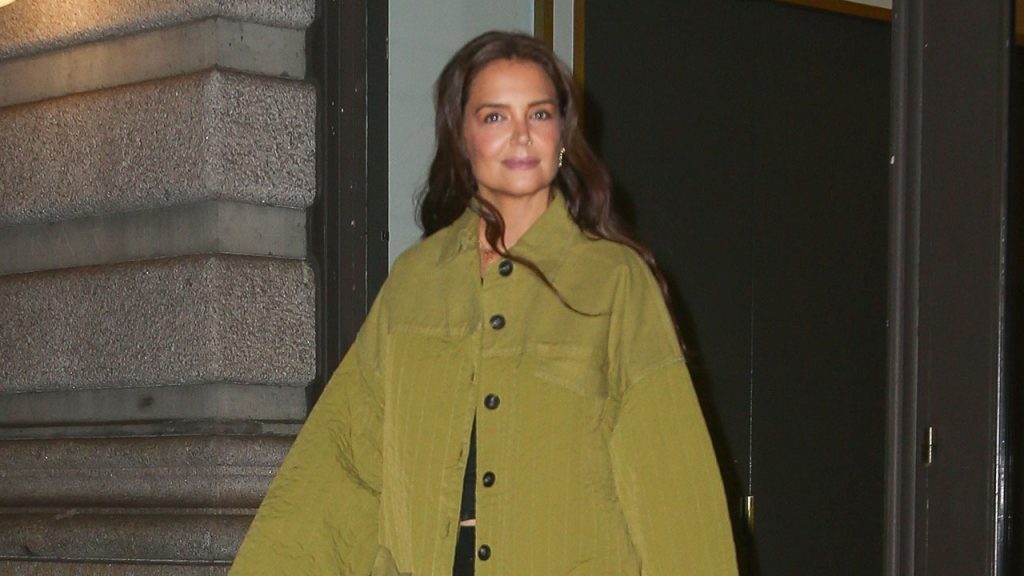Color analysis has become a popular trend online, with many people seeking to have their “colors” professionally read in order to determine the most flattering clothing choices for themselves. Similar to identifying with specific Harry Potter houses, star signs, or Myers-Briggs personality types, color analysis offers a way for individuals to define and express their identities through their wardrobes. However, the author argues that the concept of wearing certain colors to mask perceived flaws is outdated and restrictive, and that true personal style should be about wearing clothes that make one feel interesting and cool, regardless of whether they are deemed “flattering” or not.
Despite the potential benefits of color analysis, such as helping individuals discover new and exciting clothing options, some question the concept’s underlying assumption that one’s wardrobe should primarily serve the purpose of enhancing physical appearance. For journalist Laura Antonia Jordan, who underwent a color analysis session herself, the experience left her feeling conflicted, as she realized that her emotional and inexplicable approach to dressing was at odds with the idea of adhering to a predetermined color palette. This highlights the importance of allowing individuals the freedom to express themselves through fashion in a way that feels authentic to them, rather than conforming to external standards of what is considered “flattering.”
The comparison between color analysis and other popular identity markers, such as Harry Potter houses or zodiac signs, underscores the role that social media plays in perpetuating trends and influencing how individuals perceive and define themselves. As the internet continues to shape our understanding of identity and self-expression, it is important to critically evaluate the ways in which these trends can either empower or limit our ability to fully embrace our unique personalities and tastes. By questioning the underlying assumptions of color analysis and similar trends, we can cultivate a more inclusive and diverse fashion culture that celebrates individuality and creativity.
The concept of color analysis has also been criticized for its emphasis on prescribing specific rules and guidelines for dressing that may limit individuals’ creativity and self-expression. Instead of following rigid color palettes based on external assessments of what is considered “flattering,” many people prefer to experiment with different colors and styles that reflect their personality and mood. By encouraging a more fluid and intuitive approach to dressing, individuals can explore and push the boundaries of fashion in a way that is truly authentic and empowering.
In conclusion, while color analysis can be a fun and informative tool for exploring different clothing options, it is important to approach it with a critical and nuanced perspective. Rather than simply adhering to predetermined rules and guidelines, individuals should feel empowered to experiment with different colors and styles that resonate with their unique personality and preferences. Ultimately, personal style should be a reflection of one’s inner self and creative spirit, rather than a rigid adherence to external standards of what is considered “flattering” or “appropriate.” By embracing diversity and individuality in fashion, we can create a more inclusive and vibrant community that celebrates the beauty and uniqueness of each individual.


